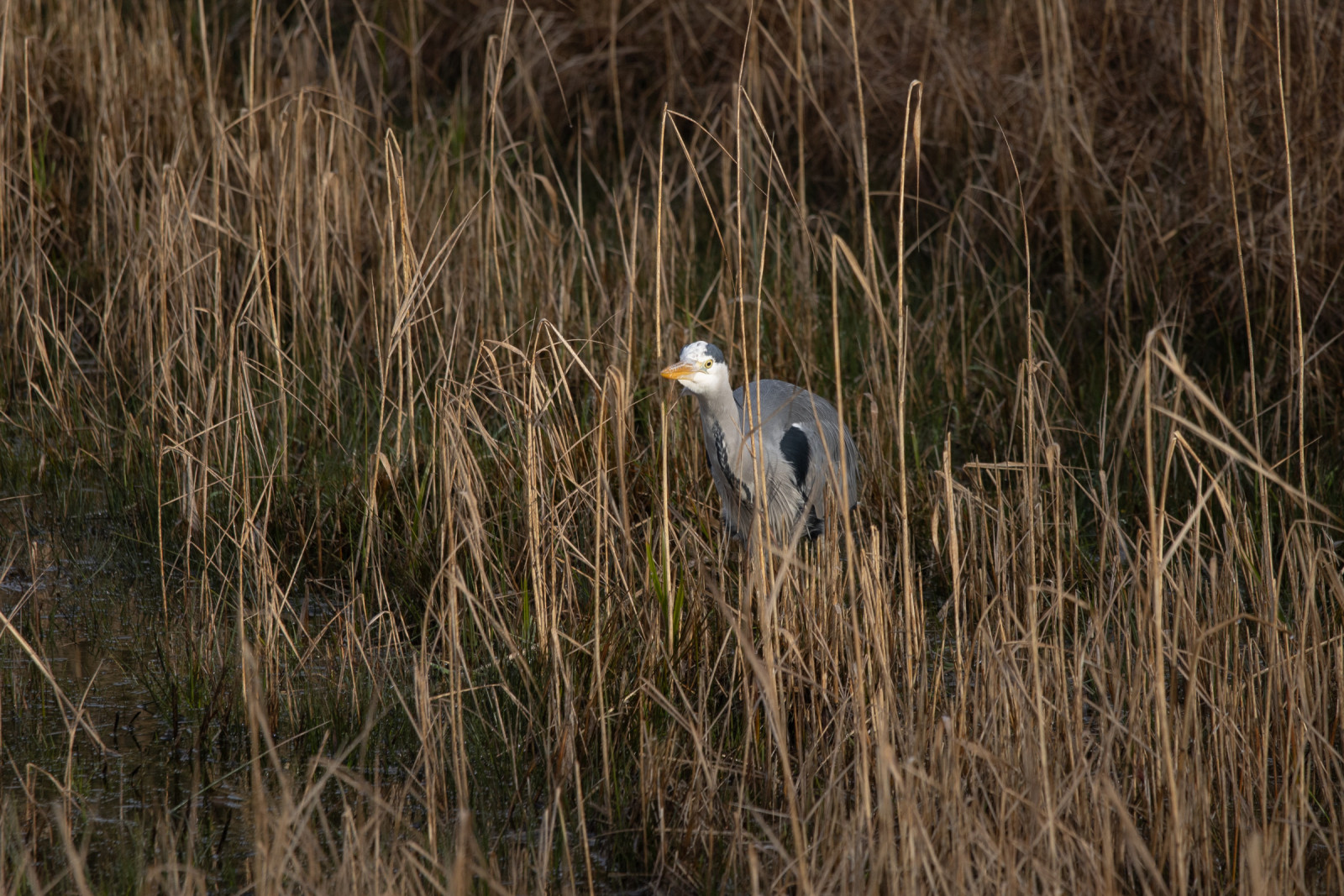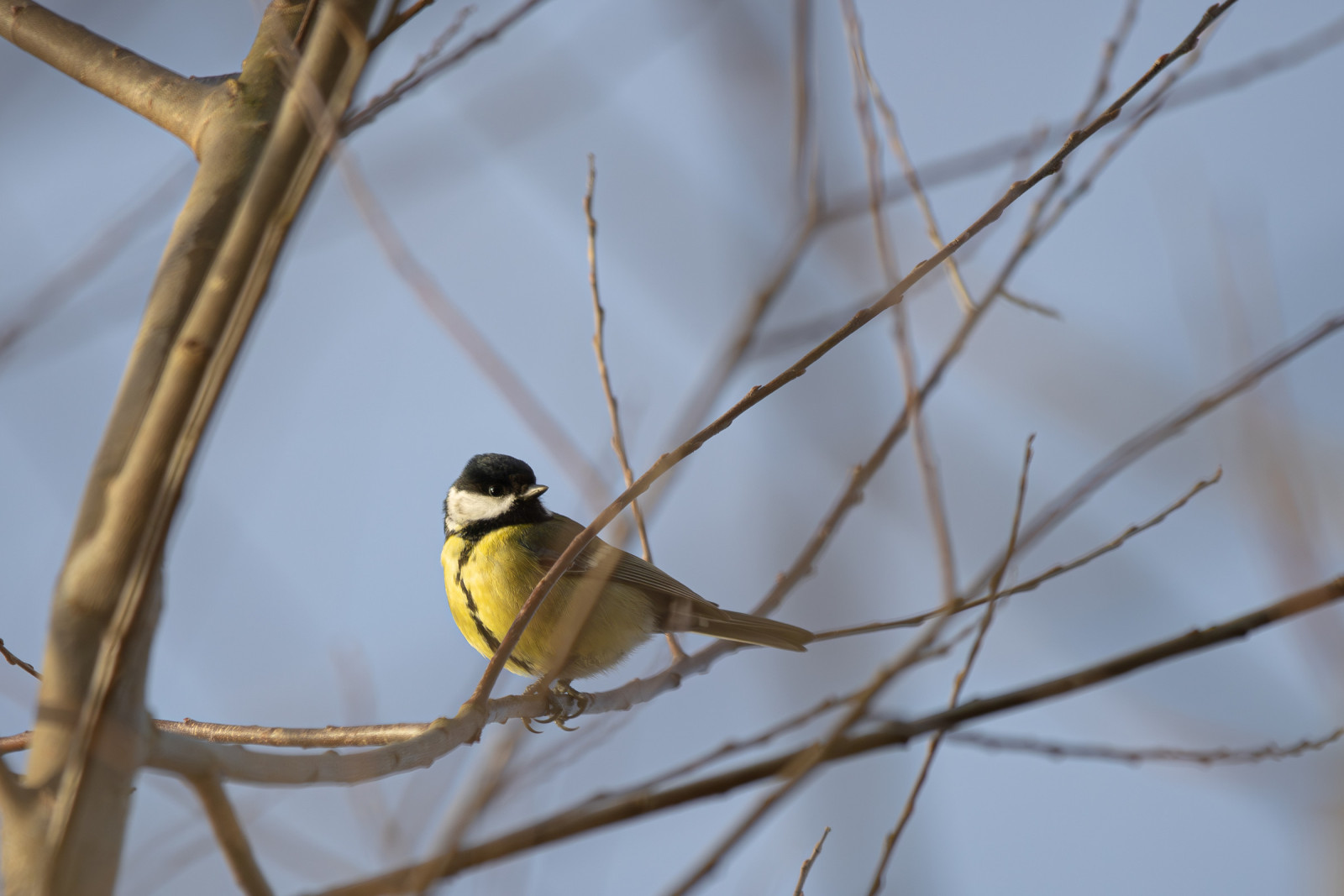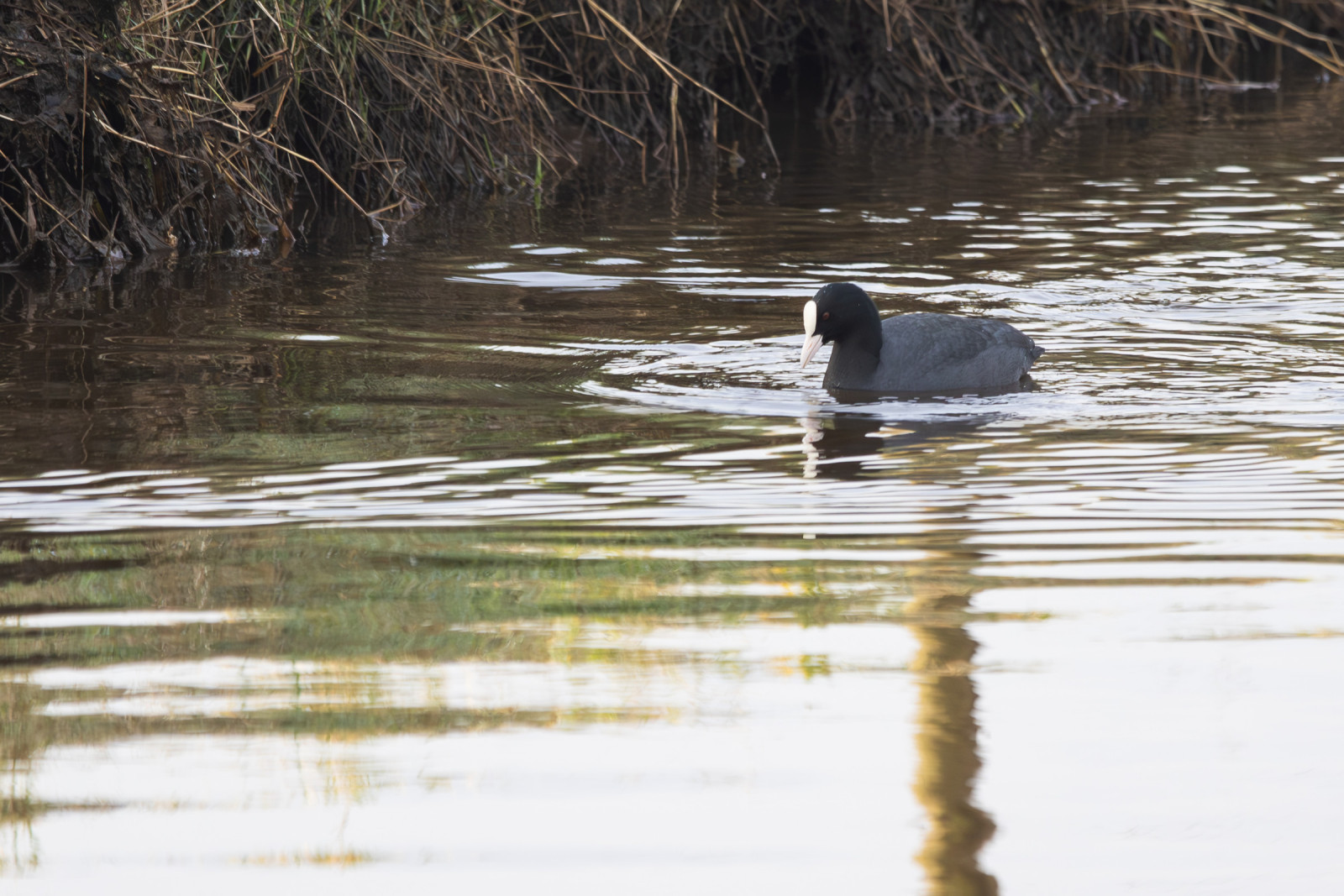Opis
The Watermolenbeek valley is a mix of meadows and reed fields. The area is 120 hectares. It is an good site for spotting meadow birds and reed birds. From the cycle/walking path you have a nice view of the entire area.
_________________________
Nederlands: In het zuiden van Roosendaal ligt het dal van de Watermolenbeek dat bestaat uit vochtige beemden met knotwilgen, elzen en drinkpoelen. Weiden en rietvelden wisselen elkaar af. Het gebied is 120 hectare groot. Het is een uitgelezen gebied om weidevogels en ook rietvogels te spotten. Vanaf het fiets/wandelpad heb je een mooi uitzicht over het hele gebied.
Szczegóły
Dostęp
The Watermolenbeek valley is located between Roosendaal and Nispen. On the one hand there is access along the Nispenseweg in Nispen, on the other hand via the Willem Dreesweg in Roosendaal. Click on a P on the map for directions to a parking lot.
_________________________
Nederlands: Het dal van de Watermolenbeek ligt tussen Roosendaal en Nispen. Enerzijds is er toegang langs de Nispenseweg in Nispen, anderzijds via de Willem Dreesweg in Roosendaal. Klik op een P in de kaart voor een routebeschrijving naar een parkeerplaats.



